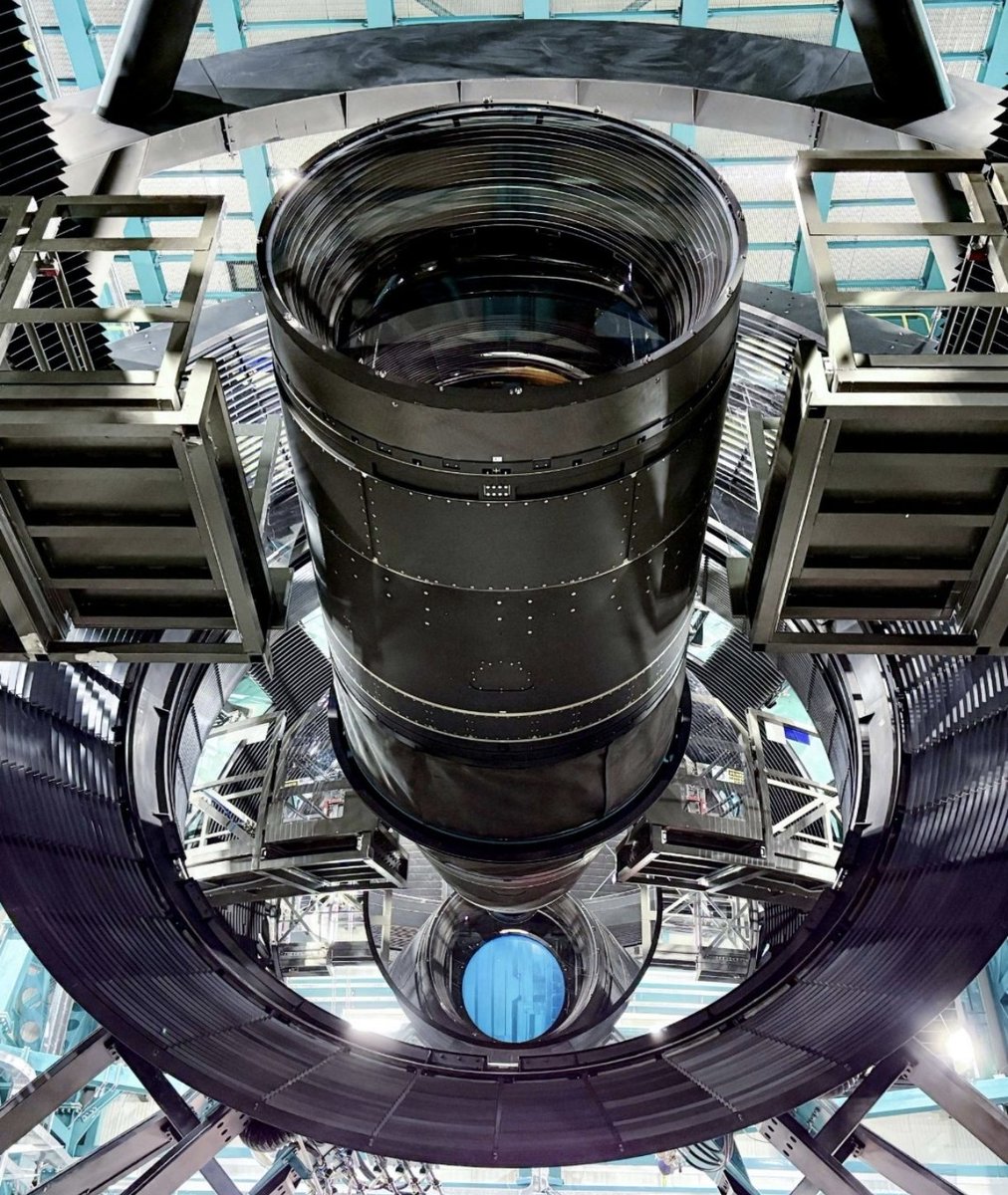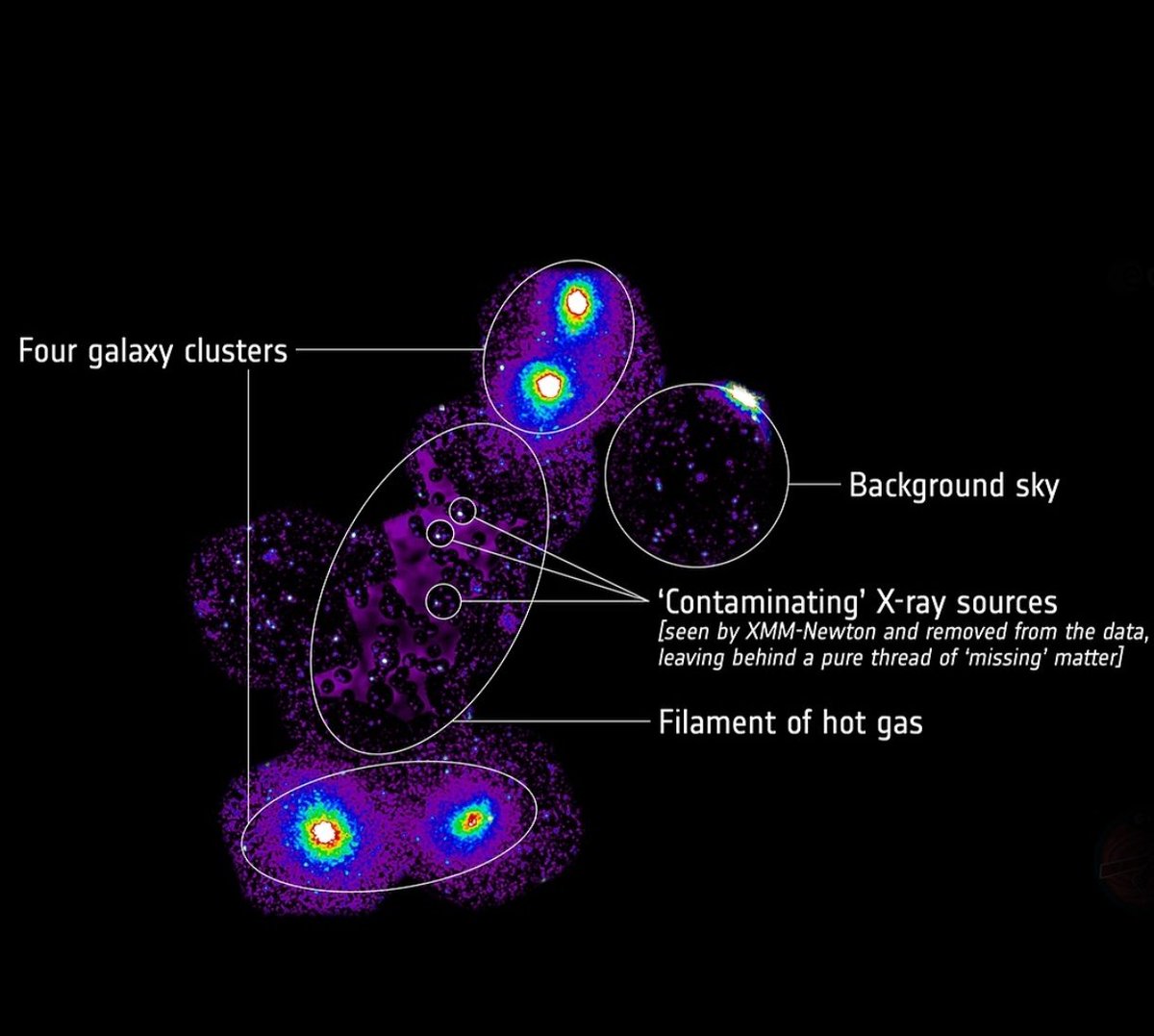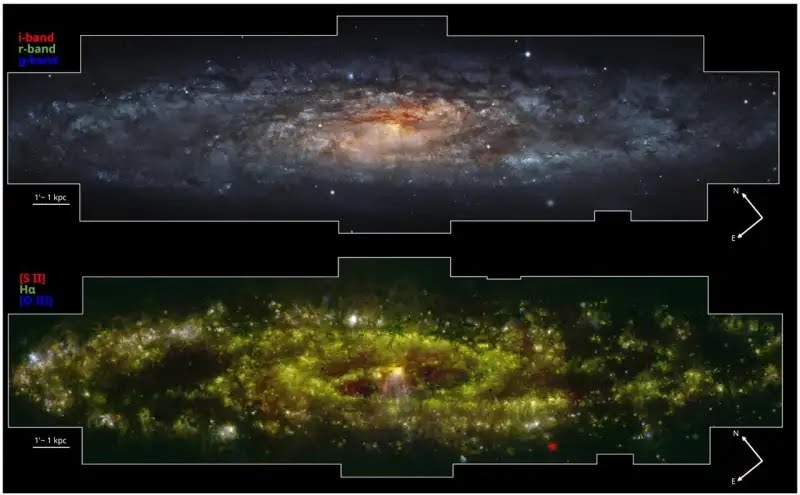
Erika
@explorecosmos_
-Once a starry-eyed girl, now exploring beyond.
-Planetary scientist studying the orbital evolution of gas giant planets.
-High-altitude climber. #MTB 🚴♀️
ID: 1315900032365793281
https://www.instagram.com/explorecosmos_/ 13-10-2020 06:20:17
20,20K Tweet
45,45K Followers
1,1K Following





Recent research led by NASA Goddard and the University of Leeds has uncovered a surprising link between Earth’s magnetic field strength and atmospheric oxygen levels over the past 540 million years. By comparing paleomagnetic data, measured through Earth's dipole magnetic
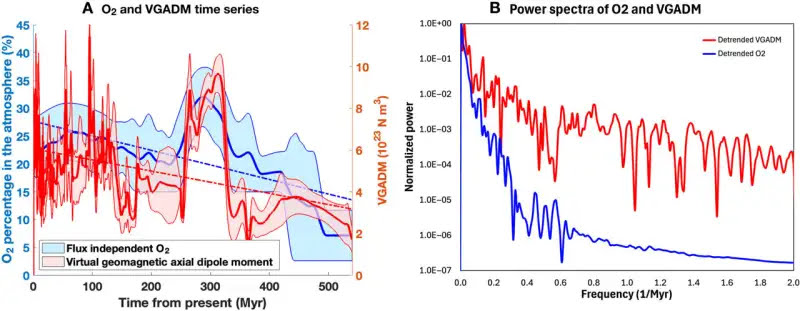








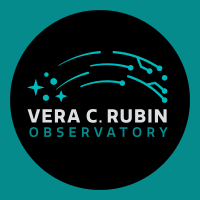
Introducing...your sneak peek at the cosmos captured by U.S. National Science Foundation–DOE Office of Science Vera C. Rubin Observatory! Can you guess what regions of sky they are? This is just a peek...join us at 11am US EDT for your full First Look at how Rubin will #CaptureTheCosmos! ls.st/rubin-first-lo…


Starting later this year, the NSF-DOE Rubin Observatory Observatory will begin capturing a 3200-megapixel image of the sky every 40 seconds, collecting about 20 terabytes of data each night. Over 10 years, this will produce a catalog of roughly 17 billion stars and 20 billion galaxies, while
